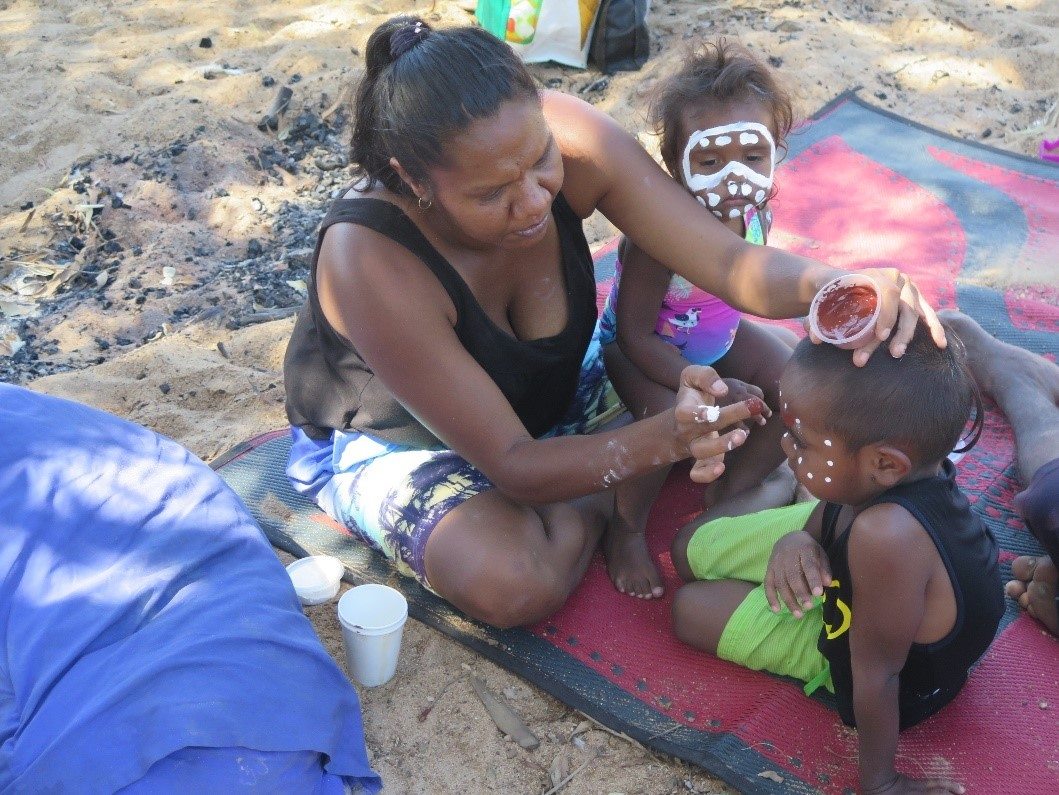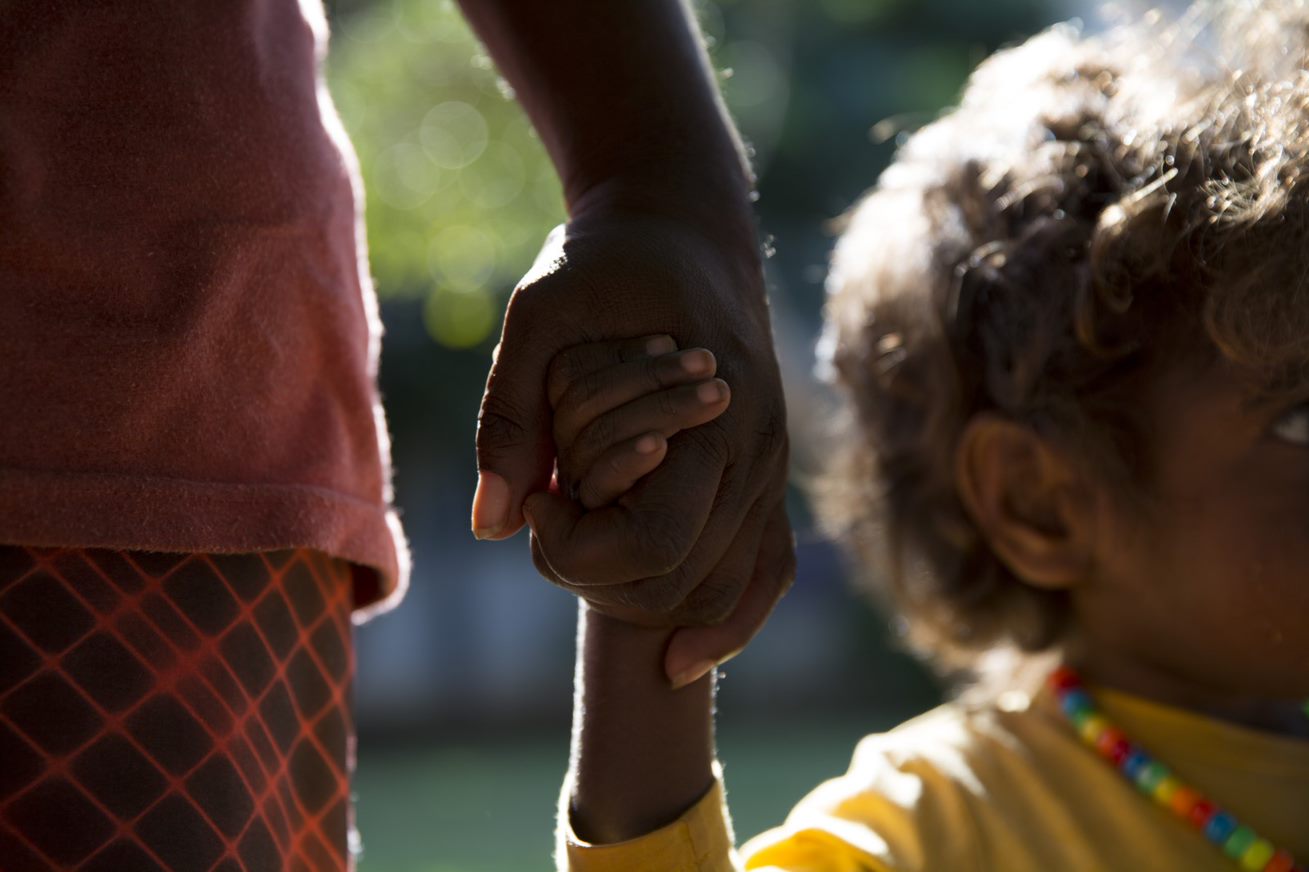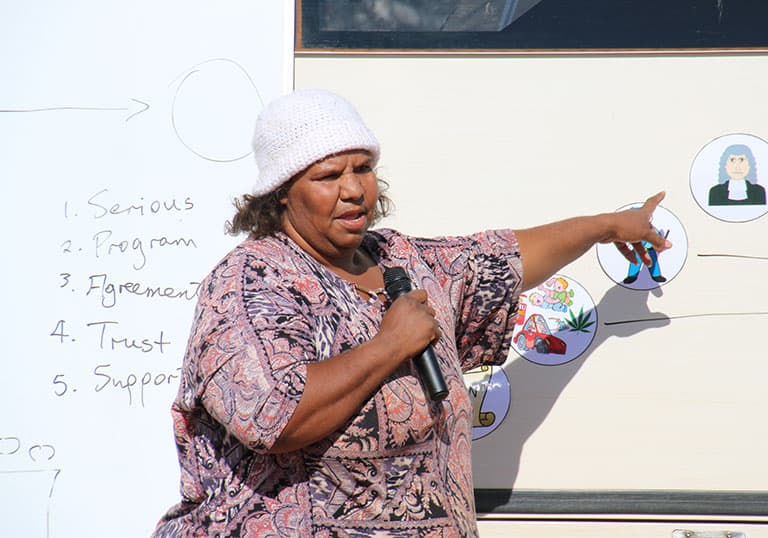We all love our country, but how well do we really know it?
All Australian kids that live on this land deserve to learn about our ancient country and the rich and diverse cultures of First Nations people that continue to this day.
World Vision has joined a new, First Nations-led advocacy campaign with other allies to get Australian Parliaments to agree to fund First Nations Cultural Educators in every primary school.
If you want the next generation to have a better education about First Nations people, cultures and histories than the one you received, sign the petition here: www.knowyourcountry.com.au
Australia has a rich Indigenous history dating back tens of thousands of years and evolving over hundreds of generations. Aboriginal and Torres Strait Islander communities maintain strong connections to their culture, language and traditional lands and view the world with a spiritual lens that is unique to their community. Here are some interesting facts about Aboriginal and Torres Strait Islander Australians that you may not have heard of before.
1. History of Aboriginal and Torres Strait Islanders in Australia
Who are the Indigenous Australians also known as the First Nations people?
Indigenous Australians are the Aboriginal and Torres Strait Islander people of Australia. The traditional owners of the land which archaeological evidence confirms is the oldest continuous civilisation on earth, extending back over 65,000 years. They were among the first humans to migrate out of Africa, across the coastlines of India and Asia until reaching the shores of Australia.
Aboriginal and Torres Strait Islanders are not one homogenous group – they are a diverse group of hundreds of nations (or cultural groups) and clans within those nations. It has been estimated that around 250 languages and 600 dialects were spoken at the time of colonial invasion in 1788 in over 500 different nations, many with very different and distinctive cultures, beliefs and languages.
Find the Traditional Custodians of the land you're on.

Torres Strait Islanders are First Nations Australians who come from the islands of the Torres Strait, between Cape York in Queensland and Papua New Guinea. They are of Melanesian origin and have differing identities, histories and cultural traditions to Aboriginal Australians. The Torres Strait Islands are a group of about 274 small islands distributed across an area of 48,000km2.
Not all Islanders live on the Torres Strait Islands – 64 percent live in Queensland on both the mainland and islands. This phenomenon is often referred to as the "Torres Strait diaspora".
Today, Aboriginal and Torres Strait Islanders make up approximately 3.3 percent of the total Australian population, or around 800,000 of 25 million people.
First Nations people continue to have a much younger age profile than the non-First Nations population. More than half (53 percent) of Aboriginal people are aged under 25.
Over one-third of First Nations Australians live in major cities but remote communities face much more substantial levels of disadvantage.
From first colonisation to COVID-19, Aboriginal and Torres Strait Islander communities have a strong history and culture of uniting to face challenges.
4. Aboriginal and Torres Strait Islander families
How does the First Nations family kinship system work?
First Nations Australians often have a complex system of family ties, roles and responsibilities which are the core of their cultures. These systems define one’s place in the community and bind people together. They also define the obligations and
responsibilities for children and their families, and how each family member is meant to support others in the kinship system. Elders bridge the past and the present by passing on their understanding, skills, knowledge and stories to the generations
who follow them.
This means that caring for children is the responsibility of broader kinship networks and not just a child's biological parents. In Australia's very recent past, families and communities were separated because of the impacts of colonisation and the imposition
of European social, political, economic and cultural structures. This caused long-term, traumatic problems for the passing down of cultural knowledge and the maintenance of social and cultural ties.
Some Torres Strait Islanders have traditional or customary adoption practices, where a child will not necessarily be raised by his/her mother. Customary
adoption occurs when childless family members adopt a child so that they are given an opportunity to raise their own child. It also strengthens bonds between families and means that boys and girls can be distributed evenly between families or can
provide care for an older relative.

6. Aboriginal and Torres Strait Islander disadvantage
How are First Nations Australians disadvantaged?
Despite their rich history, Aboriginal and Torres Strait Islanders face many challenges today. They experience widespread inequality, discrimination and cultural disconnection as a result of complex policies and systems in Australia that have limited
their voices from being heard in decision-making processes that impact on their lives.
There is currently a gap between First Nations Australians and non-First Nations Australians in the achievement of key indicators of
development – child mortality, early years education, children’s literacy and numeracy, school attendance and completion, employment and life expectancy.
The most recent Closing the Gap report (2020) shows that, despite some progress, more initiatives focusing on holistic approaches are needed to drive further change.
How First Nations Australians are disadvantaged:
- The child mortality rate for First Nations children was 141 per 100,000 in 2018, twice the rate for non-First Nations children.*
- About 1 in 4 First Nations students in Years 5, 7 and 9 remain below national minimum standards for reading.*
- In 2018-19, around 34 percent of First Nations youth aged 20-24 had not attained Year 12 or equivalent.*
- Just over half of all young people in detention on an average night in June 2019 were First Nations Australians.**
* Closing the Gap report (2020), Australian Government **Australian Institute for Health and Welfare (2019)
7. Aboriginal and Torres Strait Islander Reconciliation
What is reconciliation?
It refers to the bringing together of Aboriginal and Torres Strait Islanders and non-First Nations Australians and working to overcome the division, misunderstanding and inequality between them.
A Reconciliation Plan (RAP) is the strategy developed by a group or organisation which works to reduce the gap in inequality and discrimination affecting Aboriginal and Torres Strait Islander Australians. It provides the steps for non-First Nations staff
to learn about, engage with and better understand First Nations people, cultures and histories.
World Vision believes that in an unreconciled Australia, we cannot adequately address racism and inequality, deal with inter-generational trauma or create a culture of dignity and respect. Without true reconciliation, young hearts and minds cannot reach
their potential.
See our Reconciliation Action Plan.
